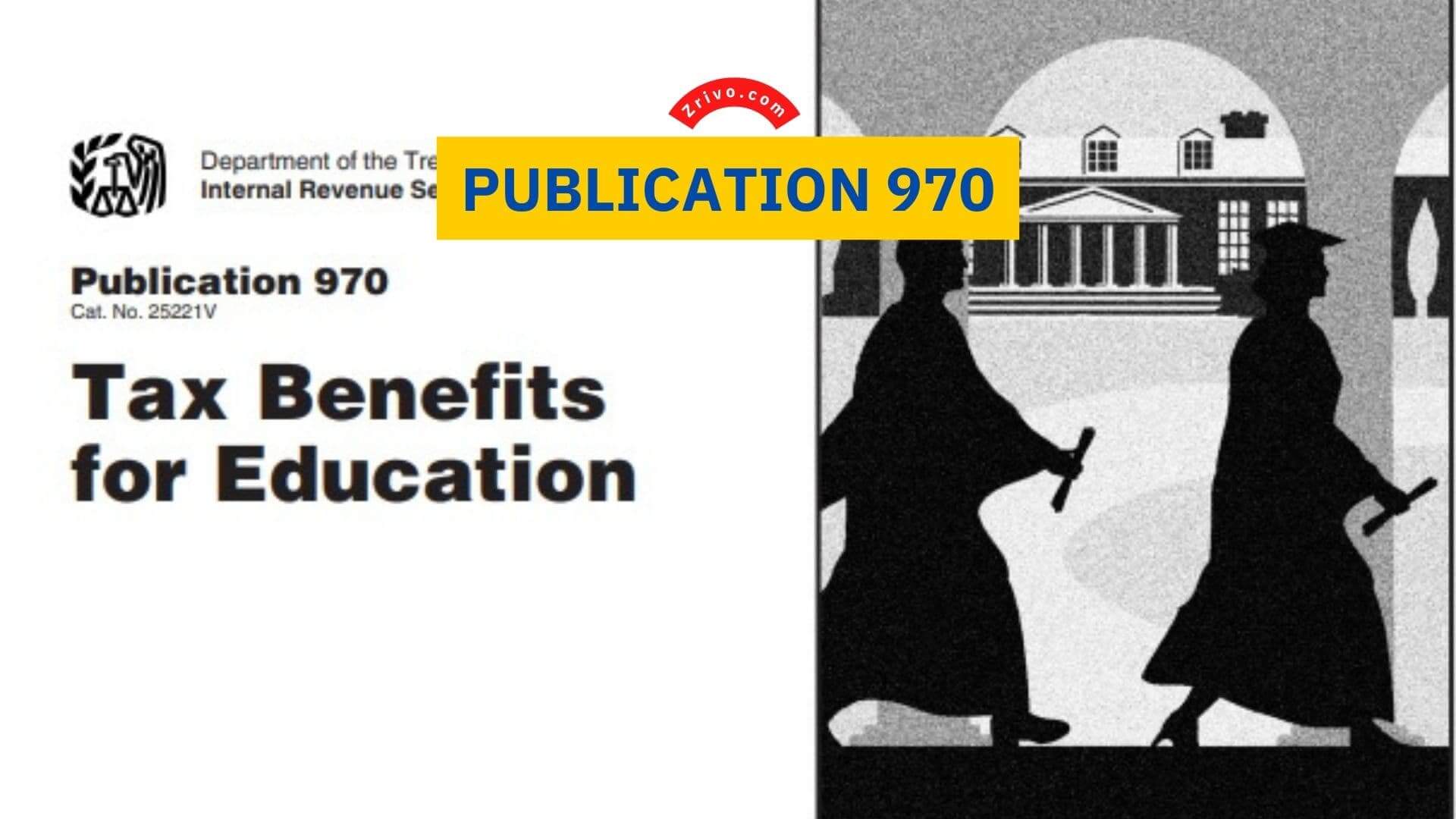
Publication 970 from the Internal Revenue Service (IRS) provides information about tax benefits that can help you pay for educational expenses. It discusses scholarship and fellowship programs, student loan interest deductions, qualified tuition programs (QTP) like TAP, work-related education expenses, and the American Opportunity Tax Credit and Lifetime Learning Credit. It also covers tax benefits for education savings plans such as Coverdell accounts and section 529 prepaid tuition and college savings plans. The publication is updated regularly to reflect any changes in the tax code or IRS rules.
The eligibility criteria for most of these tax benefits are relatively simple, and you may qualify for more than one. For example, the American Opportunity Tax Credit and the Lifetime Learning Credit allow you to claim up to $2,500 of your educational expenses as a tax credit. However, you must meet certain requirements to receive these tax credits, and there are some restrictions on how much you can claim. It is best to consult a qualified tax advisor before claiming any of these tax benefits.
The IRS provides several tax benefits for education expenses, ranging from tuition and fees deductions to student loan interest reductions. This publication explains these tax benefits and how to apply them, so you can take full advantage of them while pursuing your education. Publication 970 covers most of these topics for the taxpayers.
What are the Benefits in Publication 970?

The federal government offers a number of tax benefits for education that can help offset the costs of pursuing higher education. These include education tax credits, deductions, and savings plans. The most valuable education tax benefits include the American Opportunity Credit (AOTC), Lifetime Learning Credit, and tuition and fees deductions. The AOTC can save you up to $2,500 per student.
There are also other tax benefits that can be valuable to students and their families. These include education savings plans, such as Coverdell accounts and 529 plans. These savings can grow tax-free until the money is used for a qualified expense. Another important benefit is the exclusion from income for educational assistance benefits, such as scholarships and fellowships. These can be very valuable, especially if you are on a tight budget and need to reduce your taxable income.
However, keep in mind that these benefits do not cover room and board or transportation costs. You must also be enrolled at least half-time to qualify for these benefits. Some of these tax benefits are subject to phase out if you earn more than a certain adjusted gross income. It is always a good idea to consult with a licensed tax professional when determining which benefits may be of value to you.
IRS Publication 970 is a good resource for anyone seeking information on the various tax benefits available to individuals who are pursuing education. The publication is updated regularly and provides a comprehensive overview of these tax benefits. These benefits can be helpful for both individuals and their families, but it is best to seek advice from a tax expert. These benefits are only a small part of the many tax breaks that are available to American citizens.